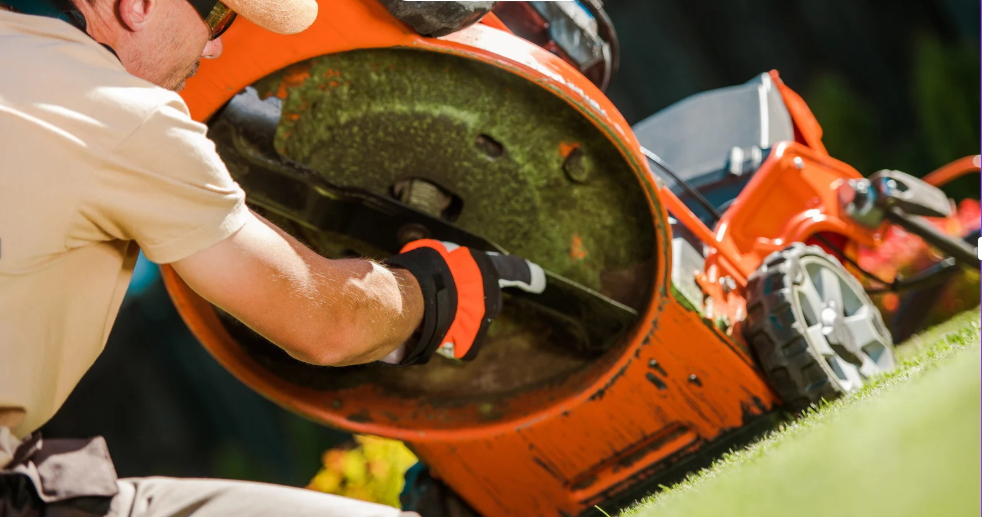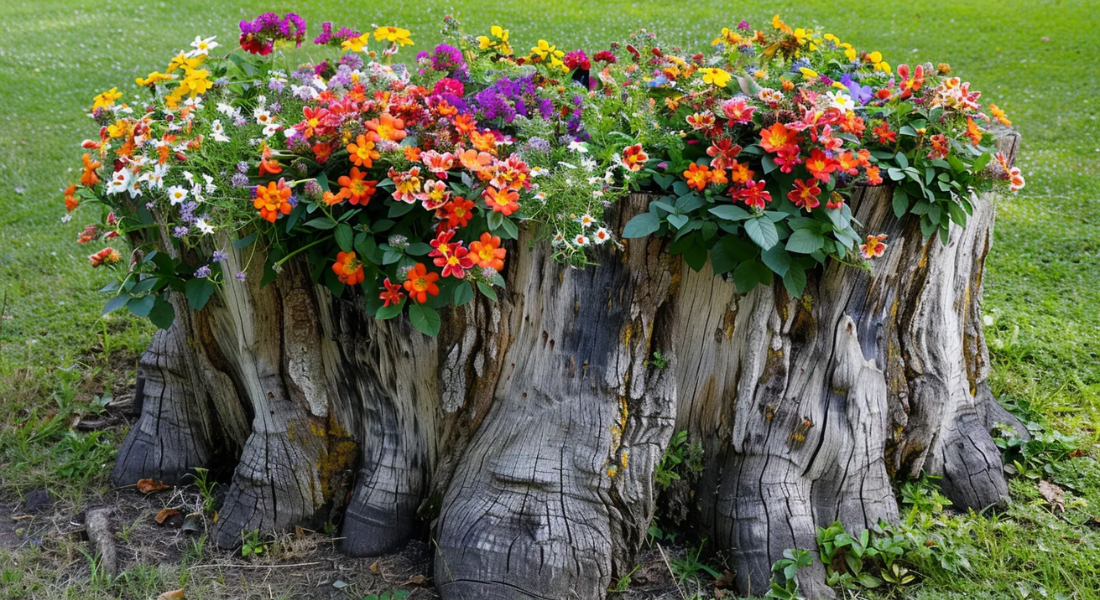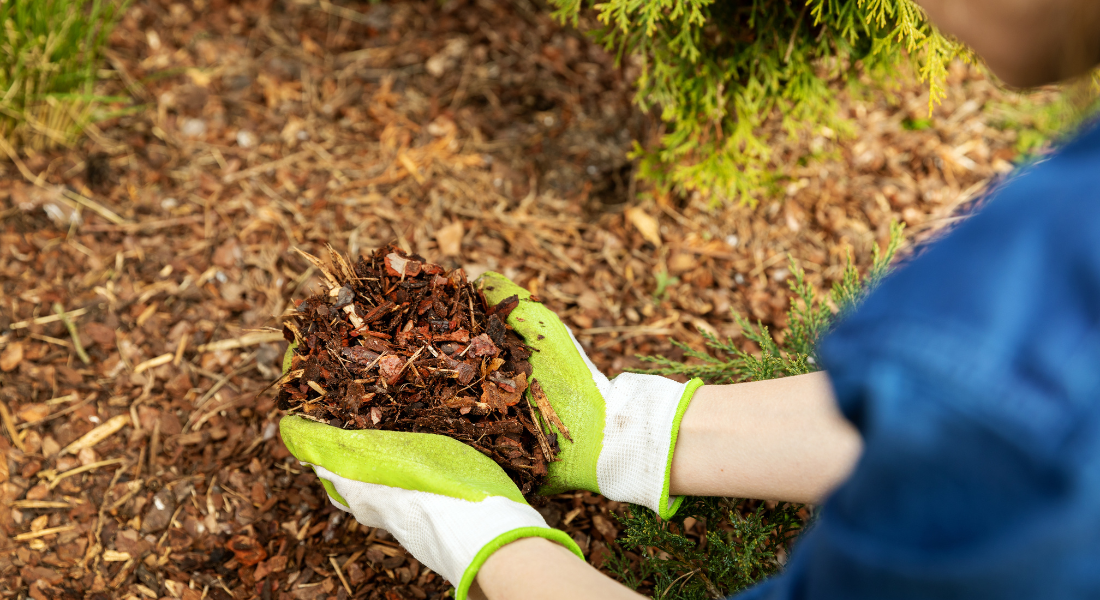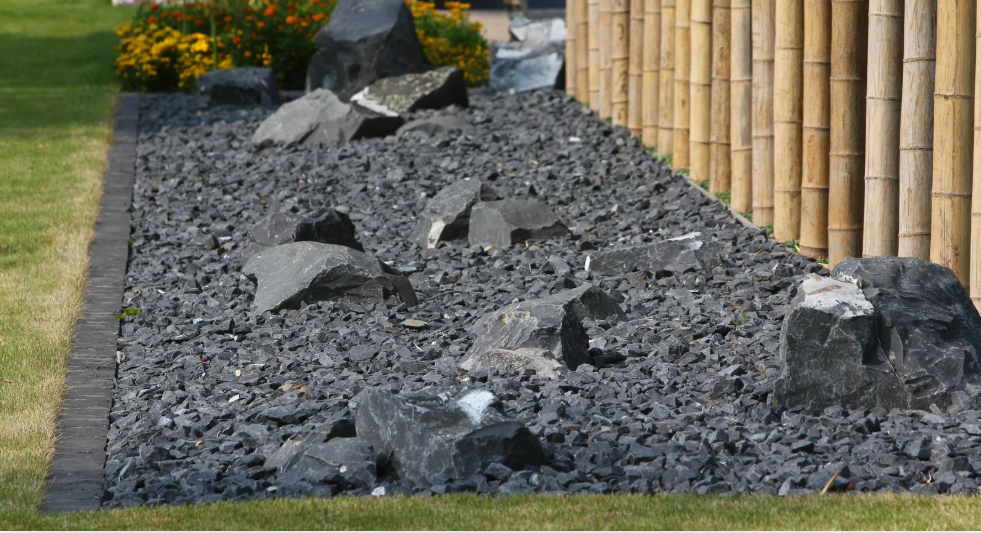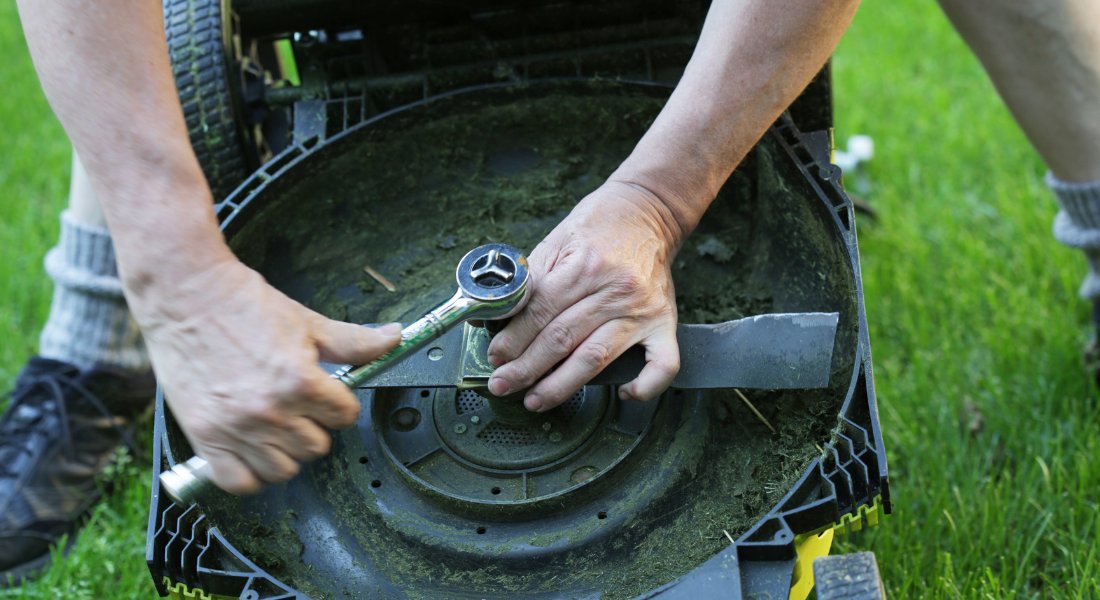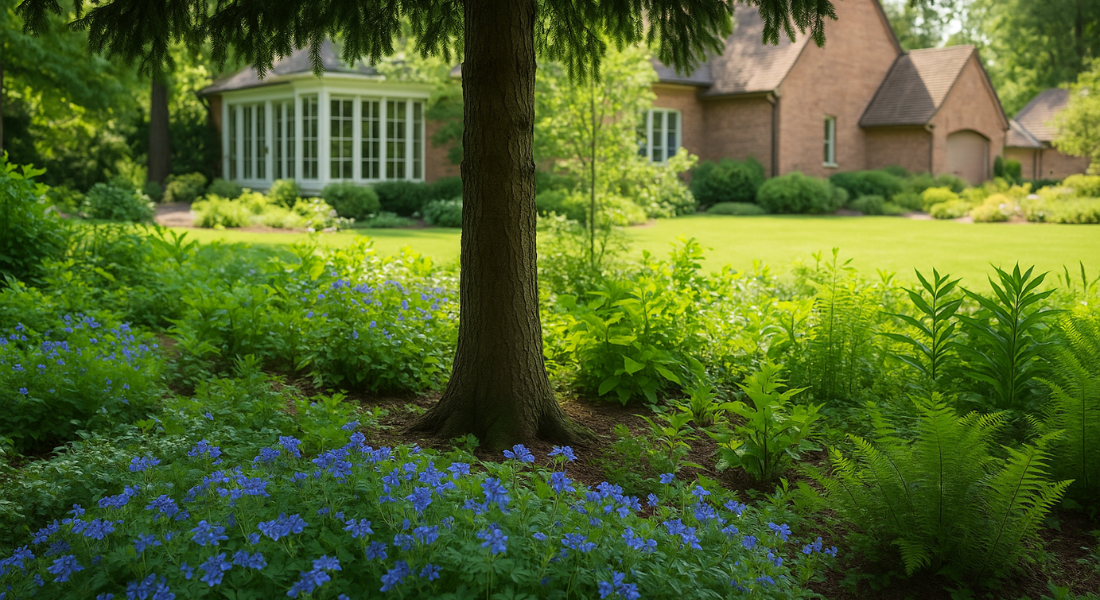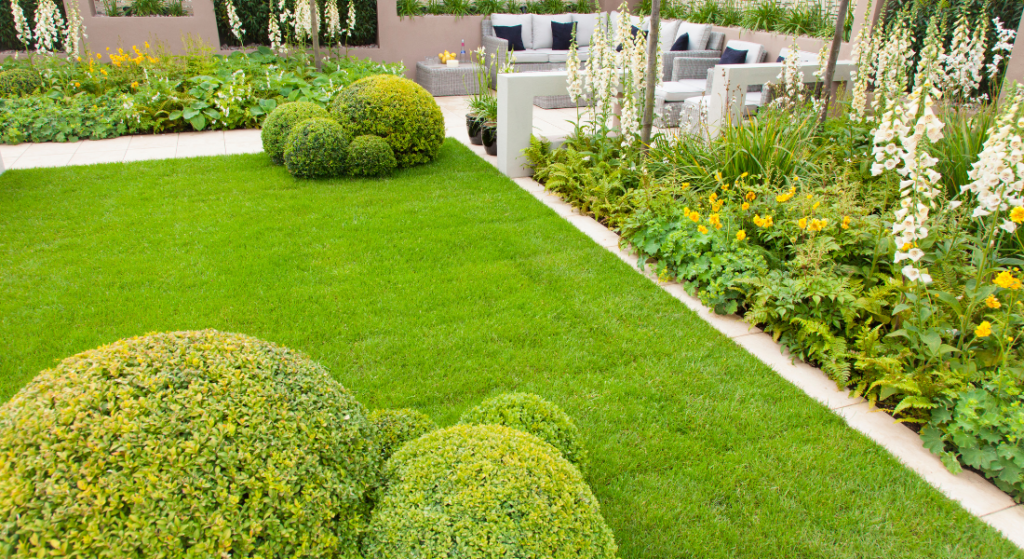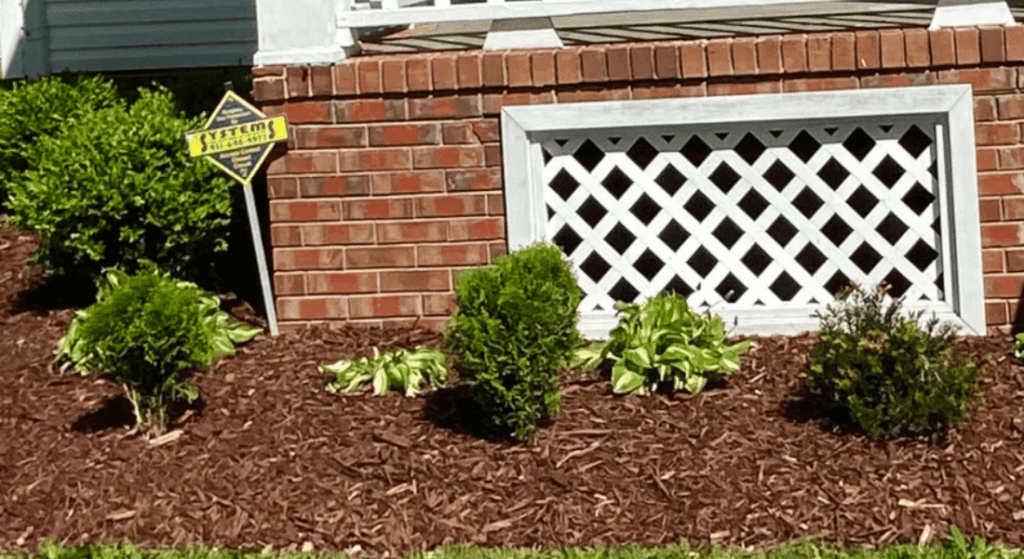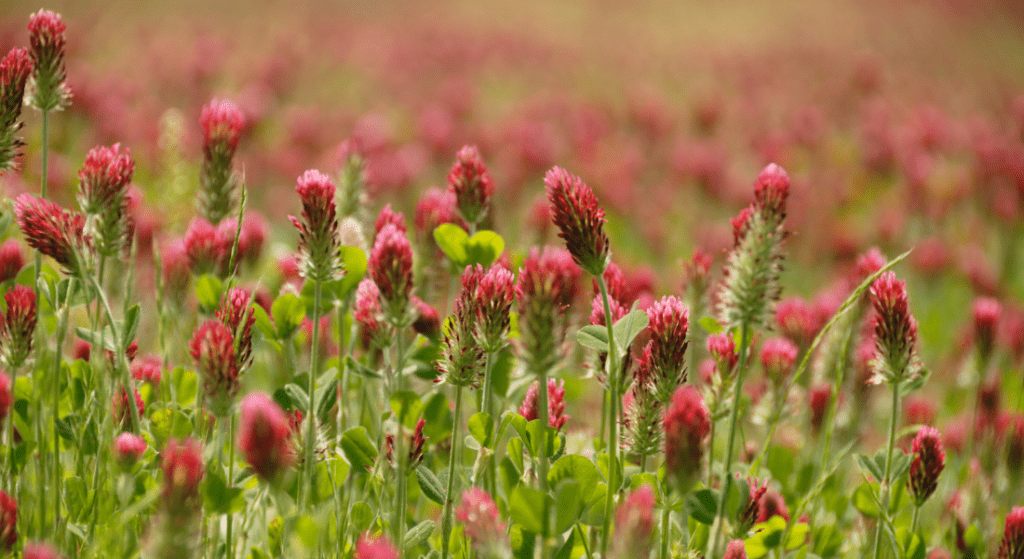Pros and Cons of Cedar Mulch
When it comes to landscaping, mulch is a popular choice for many gardeners and homeowners. It serves multiple purposes, from enhancing the aesthetics of your landscape to protecting the soil and plants. Among the various types of mulch available, cedar mulch has gained recognition for its unique properties. In this comprehensive guide, we’ll delve into the world of cedar mulch, exploring its benefits, drawbacks, and the best ways to use it in your landscape. Let’s get started!
Understanding Mulch: What Is Cedar Mulch?
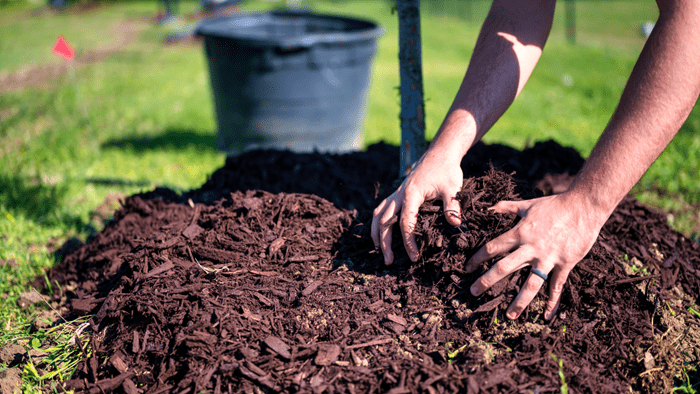
Before we dive into the specifics of cedar mulch, let’s start by understanding what mulch is in general. Mulch is a material that is spread over the soil’s surface in gardens, flower beds, and around the base of shrubs and trees. It serves several essential functions, including:
- Weed Suppression: Mulch acts as a natural weed barrier, controlling weeds from sprouting and competing with your plants.
- Soil Moisture Retention: It helps to retain moisture in the soil, reducing the frequency of watering.
- Soil Insulation : It helps to retain moisture in the soil, reducing the frequency of watering and keeping it insulated from temperature extremes.
- Temperature Regulation: Mulch can help keep the soil cool in summer and insulate it in winter.
- Soil Enrichment: As it decomposes, mulch releases nutrients into the soil, improving its quality.
- Aesthetic Enhancement: Mulch provides a neat, uniform appearance to your landscape.
Now, let’s focus on cedar mulch. Cedar mulch is a type of organic mulch made from shredded cedar wood, often derived from the bark of cedar trees . It is widely used in landscaping due to its unique properties. But is it the right choice for your garden?
Types of Cedar Mulch
Cedar mulch comes in various forms, including shredded, chipped, and bark nuggets . Shredded cedar mulch is finely ground and provides a smooth, uniform look, ideal for flower beds and garden paths. Chipped cedar mulch consists of larger wood pieces, offering a more rustic appearance and excellent weed suppression. Bark nuggets are larger, decorative pieces perfect for creating a distinctive border or accent in your landscape. Each type of cedar mulch serves different aesthetic and functional purposes, so choose the one that best suits your garden design and needs.
The Pros and Cons of Cedar Mulch
Pros of Cedar Mulch
- Insect Repellent: Cedar mulch has a natural aroma that repels insects like ants and roaches, making it an excellent choice for pest control in your garden.
- Long-Lasting: Compared to other organic mulches, cedar mulch takes longer to decompose, so you won’t need to replace it as frequently.
- Beneficial Insects : While it repels harmful pests, cedar mulch can still create a welcoming environment for beneficial insects that support your garden’s health.
- Soil Moisture Retention: It retains moisture in the soil, ensuring your plants have a consistent water supply.
- Weed Control: Cedar mulch helps to inhibit weed growth, keeping your garden free from unwanted plants.
- Nutrient Enrichment: As it breaks down, cedar mulch releases nutrients into the soil, providing essential micronutrients like phosphorus and potassium.
- Aromatic: Many gardeners appreciate the pleasant smell of cedar mulch, which can enhance the overall garden experience.
Additional Benefits of Cedar Mulch
Beyond the basic advantages, cedar mulch also acts as a natural deodorizer, helping to neutralize unpleasant smells in your garden or yard. This is particularly beneficial if you have pets or live in an area with strong environmental odors. Additionally, cedar mulch can help deter certain pests such as slugs and snails, which can damage your plants. By creating an inhospitable environment for these pests, cedar mulch contributes to the overall health and vitality of your garden. The top layer of cedar mulch further aids in preventing erosion and protecting the soil from the elements.
Cons of Cedar Mulch
- Acidic Nature: Cedar mulch can make the soil slightly more acidic, which may not be suitable for all plants. It’s essential to monitor the pH of your soil when using cedar mulch.
- Allelopathic Effects: Cedar mulch can inhibit the growth of some plants due to its allelopathic properties. It’s crucial to select compatible plants when using cedar mulch.
- Marginally More Expensive: Cedar mulch is generally pricier than some other mulch options, such as pine needles or wood chips.
Now that we’ve explored the pros and cons of cedar mulch, let’s delve into the specifics of how to use it effectively in your landscape.
Addressing Common Concerns
While cedar mulch has some drawbacks, many of these can be managed with proper care and planning. For instance, the potential acidity of cedar mulch can be counteracted by regularly testing your soil’s pH and amending it with lime if necessary. If allelopathic effects are a concern, you can mitigate them by thoroughly composting cedar mulch before application or by mixing it with other mulch types to dilute its potency. Understanding these nuances allows you to maximize the benefits of cedar mulch while minimizing any adverse effects.
How to Use Cedar Mulch in Your Landscape
1. Mulch Type Selection
The first step in using cedar mulch is selecting the right type. You can choose between shredded cedar or wood mulch. Shredded cedar is more popular due to its pleasant aroma and insect-repellent properties.
2. Mulch Application
Before applying cedar mulch, prepare the area by weeding and leveling the soil. Spread the mulch evenly around plants, creating a layer approximately 3 inches thick. Avoid piling mulch against the plant’s trunk, as this can lead to rot.
3. Soil Temperature Regulation
Cedar mulch helps to regulate the temperature of the soil, keeping it cool in summer and insulating it in winter. This is particularly beneficial for the root systems of perennial plants.
4. Pest Control
Cedar mulch serves as a natural insect repellent, keeping pests like ants and roaches at bay. This can help keep your garden free from unwelcome visitors.
5. Long-lasting Coverage
One of the significant advantages of cedar mulch is its long-lasting nature. You won’t need to replace it as frequently as some other mulch types, saving you time and effort.
6. Soil Moisture Retention
Cedar mulch’s ability to retain moisture in the soil is beneficial for your plants, ensuring they have a consistent water supply. This can be especially useful during dry periods.
Enhancing Your Landscape Design with Cedar Mulch
Integrating cedar mulch into your landscape design can significantly enhance its visual appeal. Consider using cedar mulch to create striking contrasts with greenery and flowers, highlighting the vibrant colors of your plants. You can also use cedar mulch to define pathways and garden borders, providing a neat and structured look. For a cohesive design, match the mulch color and texture with other landscape elements such as garden furniture, pots, and decorative stones. By thoughtfully incorporating cedar mulch, you can elevate the aesthetic and functional aspects of your outdoor space.
Additional Tips and Considerations
- pH Monitoring: Keep an eye on the pH of your soil when using cedar mulch, as it can make the soil slightly more acidic. Adjust your planting choices accordingly.
- Plant Selection: When using cedar mulch, choose plants that are compatible with its allelopathic effects. This will help your garden thrive.
- Mulch Depth: Maintain a mulch layer that is around 3 inches deep. This is the optimal thickness for retaining moisture and inhibiting weed growth.
- Mulch Quantity: Calculate the amount of mulch you need based on the area you want to cover. Cedar mulch is often sold in cubic yards.
Seasonal Care and Mulch Management
To keep your cedar mulch looking fresh and functioning effectively, seasonal care is essential. In the spring, add a thin layer of new mulch to rejuvenate its appearance and improve moisture retention. During the fall, check for any compacted areas and gently fluff the mulch to ensure proper aeration. Removing any debris or fallen leaves from the mulch surface will help maintain its clean look and prevent mold growth. Regular maintenance not only extends the life of your mulch but also ensures that your garden remains healthy and attractive throughout the year.
Professional Mulching Services
If you’re considering a large mulching project or need expert advice on choosing and applying cedar mulch, professional landscaping services can be invaluable. Professional landscapers can provide tailored recommendations based on your specific garden conditions and design preferences. They also have the tools and experience to install mulch efficiently and effectively, saving you time and effort. Investing in professional services can enhance the overall success of your landscaping efforts and ensure that your garden reaches its full potential.
In Summary
Cedar mulch is a valuable addition to your landscaping toolkit. It offers a range of benefits, from pest control and long-lasting coverage to soil moisture retention and weed suppression. However, it’s important to be mindful of its acidic nature and allelopathic effects, which may not suit all plants. By following our tips on selection and application, you can make the most of cedar mulch and enhance the beauty and health of your garden.
If you’re interested in professional assistance for mulch installation or want to explore other landscaping services , visit our services page.
Remember that when it comes to landscaping, choosing the right mulch is crucial for the overall success of your garden. Cedar mulch can be an excellent choice for many gardeners, but it’s essential to consider your specific needs and plant selections before making a decision. Happy gardening!
